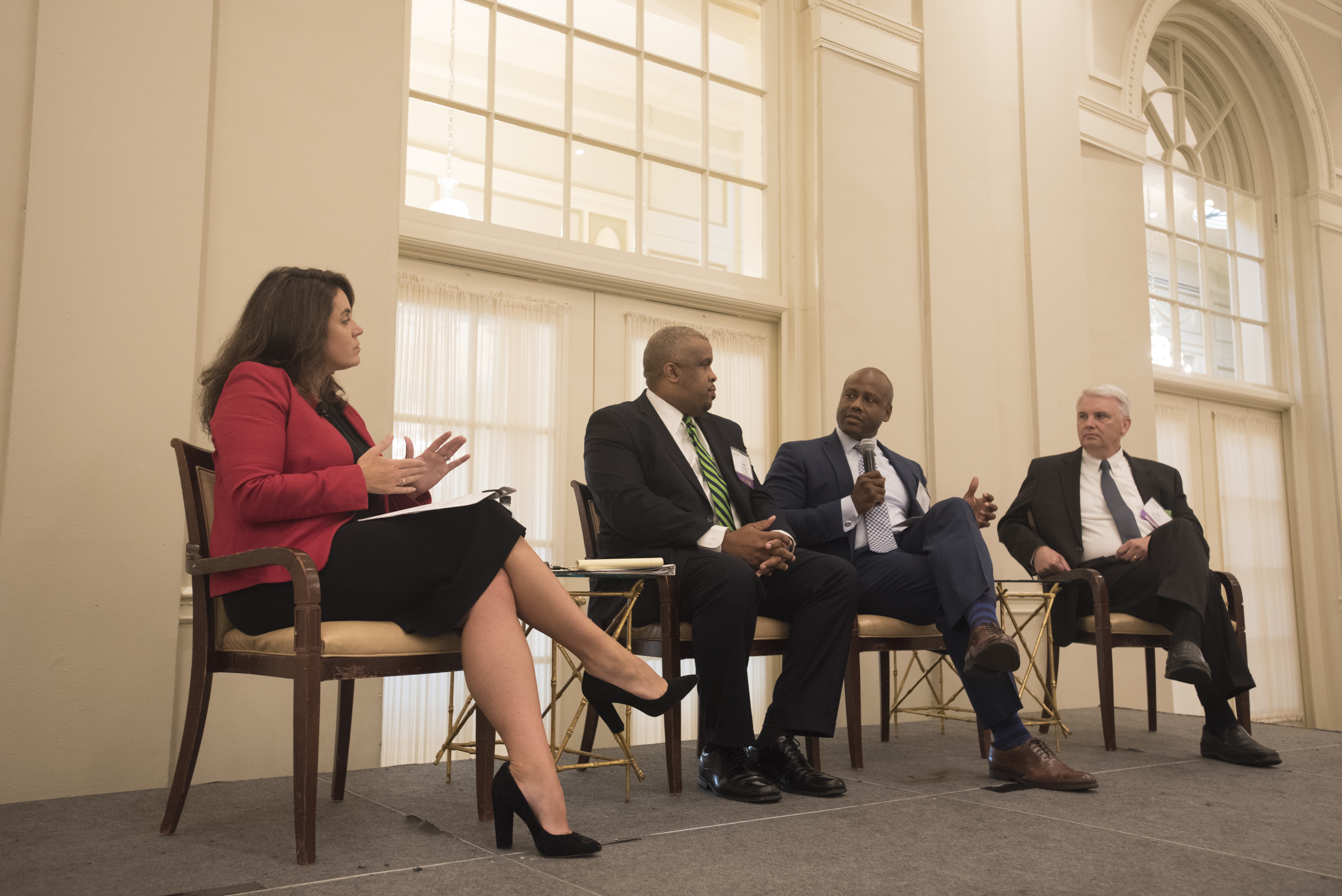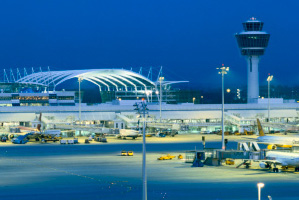Posted on October 5, 2017
 On September 19, 2017, NAIOP Charlotte hosted a breakfast that discussed Moving people and products into, around and outside of Charlotte with bikes, automobiles, trucks, airports, light rail, and trains. It all impacts the future growth and development of our region. This breakfast discussion included diverse perspectives on local, state and national policy and the priorities and challenges for the next 25 years. Are their tools to help move the priorities forward? How does the 2040 Transportation Plan, managed lanes, and rail impact your business and the future of development? And, how can our industry help ensure good mobility in our region?
On September 19, 2017, NAIOP Charlotte hosted a breakfast that discussed Moving people and products into, around and outside of Charlotte with bikes, automobiles, trucks, airports, light rail, and trains. It all impacts the future growth and development of our region. This breakfast discussion included diverse perspectives on local, state and national policy and the priorities and challenges for the next 25 years. Are their tools to help move the priorities forward? How does the 2040 Transportation Plan, managed lanes, and rail impact your business and the future of development? And, how can our industry help ensure good mobility in our region?
A special thank you to our panel, moderated by Tracy Dodson and including Ned Curran, Northwood Office, and former NCDOT Chair, David Howard, NC Department of Transportation and former Charlotte City Council Member, John Lewis, CATS.
Click here to view more photos from the event.
Some of the areas of discussion include:
Where do we get the funding?
- North Carolina has the second largest road system in the US (second to Texas) because there are no county-managed roads
- Take advantage of Federal Grants
- We need to find new funding sources as the gas tax is not enough. Can counties around Charlotte use the .04 cent to fund regional connectivity?
- Tax Increment Financing
- Encourage regional conversations
- Exhaust local opportunities to fund, then go to state for help
- Old model – 50% FEDERAL, 25% STATE (now 10%)
Future Conversations
- Value Capture proposal – Blue Line extension (the incremental tax revenue not necessary new tax, allocated to future growth)
- P3 (Denver, CO example)
Public-Private Partnerships as a Powerful Tool
- To move transportation forward
- Because of the controversy of North I-77, fear to consider P3
Regionalism and Connectivity
- Need visionary leaders – need forward thinking
- Embrace the new means of mobility (fixed rail, managed lanes, etc.)
- Need multi-modal app
- CATs – support of Economic Development
Call to Action
- Get involved with the politics – know what is going on and advocate for the opportunities in our community.
- Make sure the elected officials know the issues – now
- Look bigger than your project
- Get involved – serve on a committee
- Share information with city staff
- Discuss with region about the benefit of Charlotte growth and small towns and counties connectivity






 Transportation infrastructure can have dramatic effects on the value of commercial real estate.
Transportation infrastructure can have dramatic effects on the value of commercial real estate.